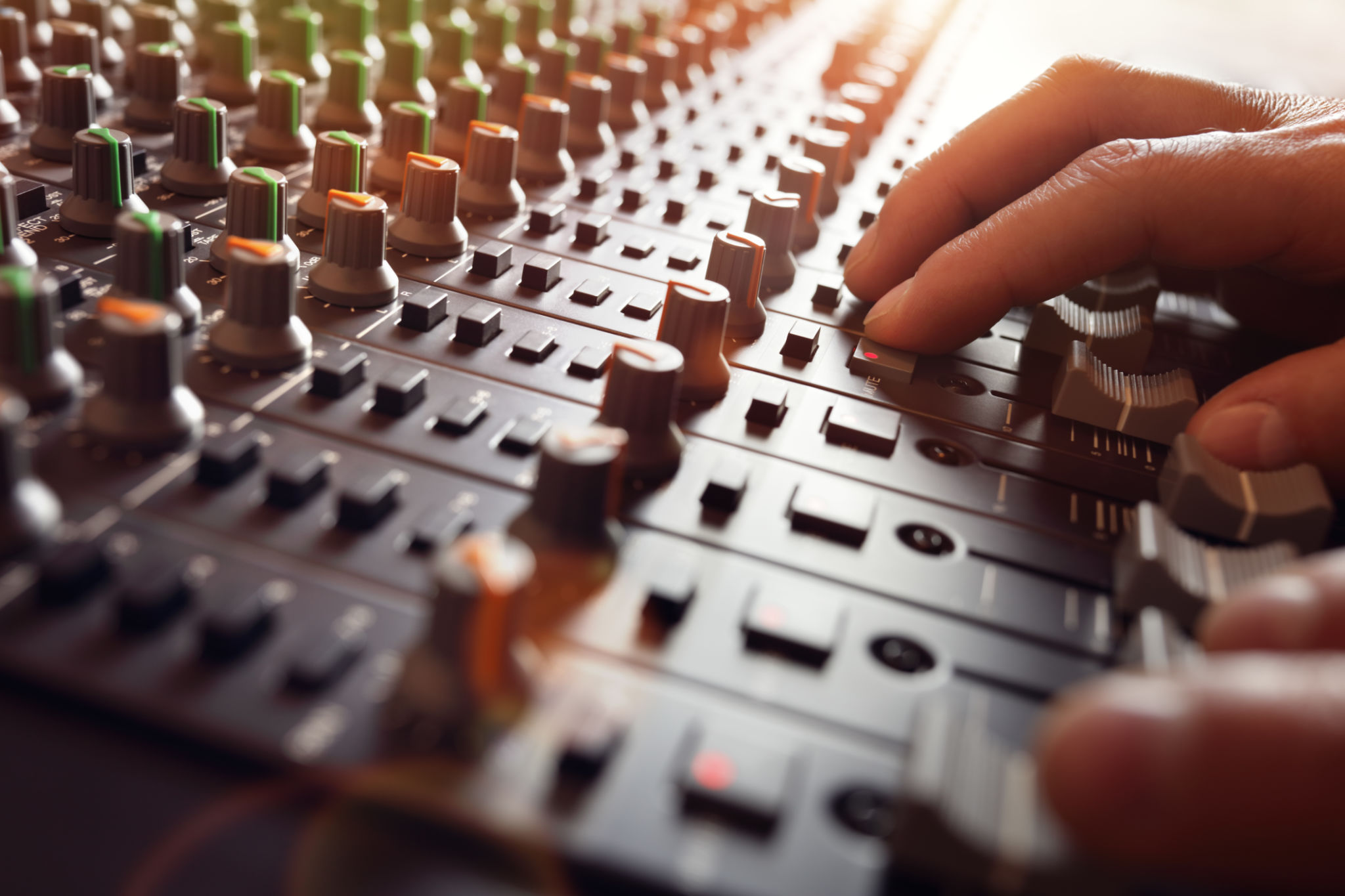How to Perfect Your Mix: Essential Mixing and Mastering Tips
Understanding the Basics of Mixing and Mastering
To achieve a polished and professional sound, it's crucial to understand the difference between mixing and mastering. Mixing involves balancing and combining individual tracks, such as vocals and instruments, into a final stereo track. Mastering, on the other hand, is the final step in audio post-production, which ensures the track is ready for distribution by enhancing its overall sound.

The goal of mixing is to create a well-balanced audio track. This involves adjusting levels, EQ, and panning to ensure each element has its own space within the mix. Mastering focuses on refining the mix further by adjusting volume levels, applying compression, and adding final EQ adjustments to ensure that the track sounds great on all playback systems.
Essential Tools for Mixing
To perfect your mix, you'll need a few essential tools. These include a digital audio workstation (DAW), a reliable set of studio monitors or headphones, and a variety of plugins for EQ, compression, and reverb. Each tool plays a critical role in shaping your sound and achieving a balanced mix.

Using EQ plugins allows you to adjust the frequency balance of each track, ensuring that no frequencies clash or become too dominant. Compression plugins help control the dynamic range of your tracks, making sure quieter parts are audible while preventing louder sections from overwhelming the mix.
Mastering Techniques for a Professional Finish
Mastering is all about achieving a cohesive sound across your entire album or single. Begin by ensuring your mix is well-balanced before moving on to mastering. Pay attention to the overall loudness of your track, using tools like limiters and compressors to achieve a consistent level without distorting the audio.

Consider using stereo widening techniques to create a sense of space and depth in your track. This can be achieved through mid/side processing or by using stereo imaging plugins. Additionally, use reference tracks to compare your master with professionally produced songs in a similar genre, ensuring your track meets industry standards.
Common Mistakes to Avoid
One common mistake in mixing and mastering is over-processing. It's easy to overdo EQ adjustments or apply too much compression, which can lead to a lifeless sound. Always aim for subtlety and make small adjustments to maintain the natural quality of the audio.
Avoid relying solely on visual feedback from your DAW. Trust your ears above all else, as they are the most reliable tool you have for assessing how your mix or master sounds. Take breaks regularly to prevent ear fatigue, which can skew your perception of the track's balance.
Final Tips for Perfecting Your Mix
Lastly, remember that practice makes perfect. Spend time experimenting with different techniques and plugins to discover what works best for your style of music. Don't be afraid to seek feedback from other audio professionals to gain insights into areas for improvement.
Consider investing in online courses or tutorials that can provide more in-depth knowledge and techniques for mixing and mastering. With dedication and attention to detail, you'll be well on your way to creating professional-sounding tracks that stand out in today's competitive music industry.